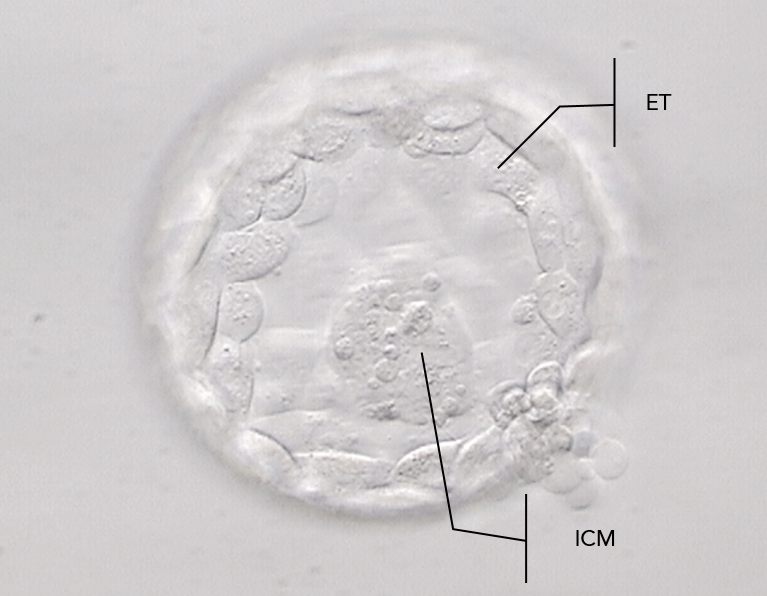Instituto Bernabeu Research: Internal cellular mass and trophectoderm quality indicate embryo aneuploidy percentage.
March, 22nd 2016

For over three decades, morphological analysis has been the most efficient and most used manner of studying embryo quality. Nowadays, Comprehensive Chromosomal Screening (CCS) is also possible and this enables all embryo chromosomes to be studied. Some research appears to demonstrate that embryo classification based on morphological criteria may change by selecting embryos which are apt for transfer amongst those which have undergone CCS analysis. In our research, we aimed to provide more concrete data on which parameters of embryo morphology might have prognosis qualities following CCS.
The aim of this study carried out in Instituto Bernabeu was to determine if there is a relationship between embryo quality based on embryo morphology and, specifically, internal cell mass (ICM) and embryo trophectoderm (ET) evaluation with posterior genetic diagnosis.
The conclusions obtained were that ICM and ET quality can serve as a predictive value in terms of genetic diagnosis given that higher quality embryos have lower aneuploidy rates than embryos of a lower quality.
